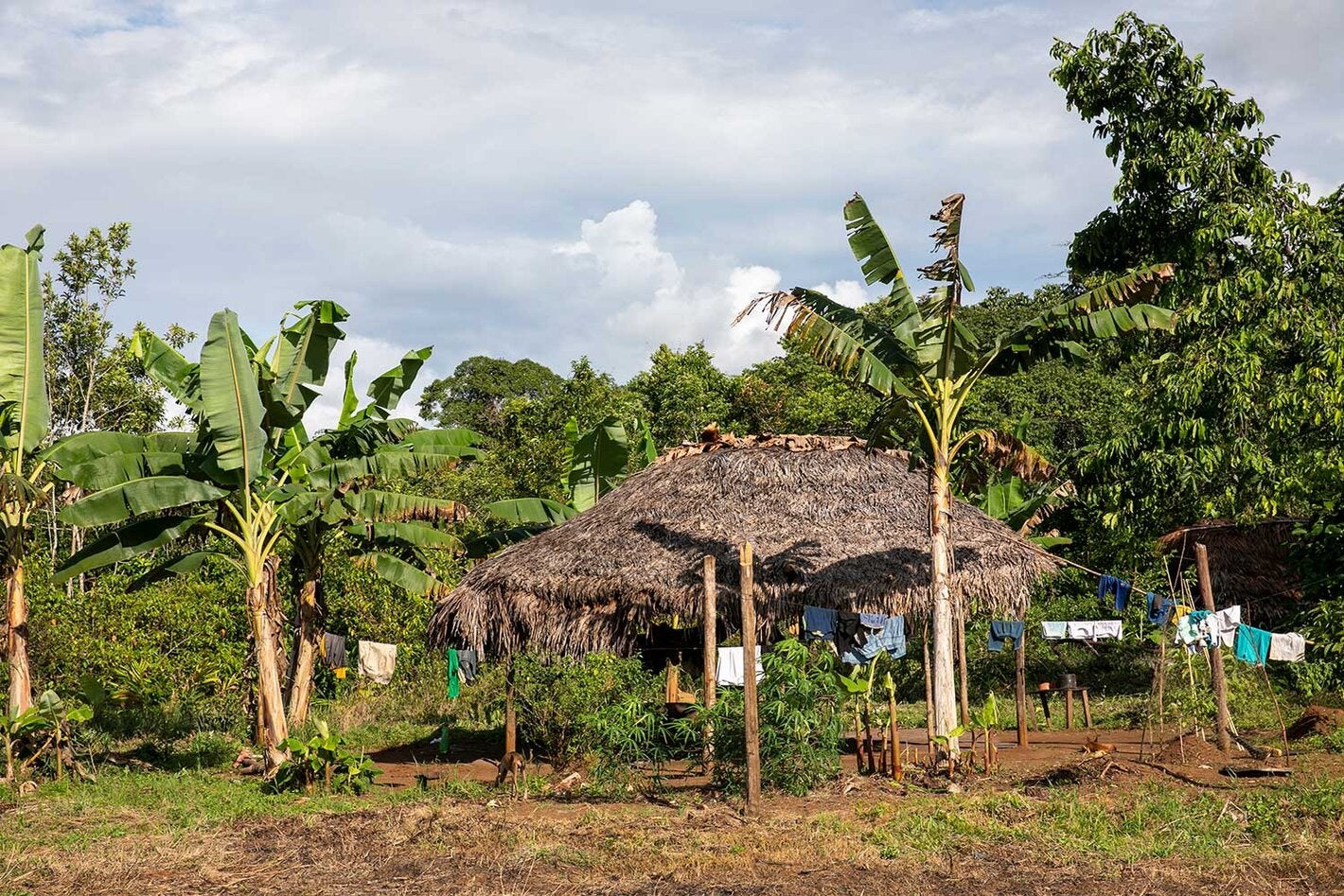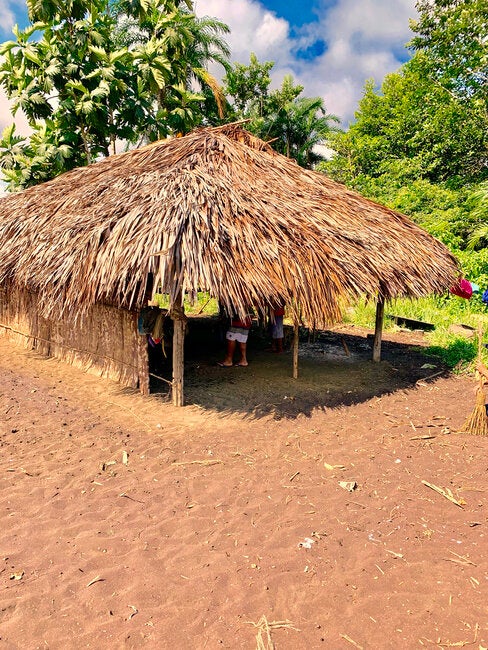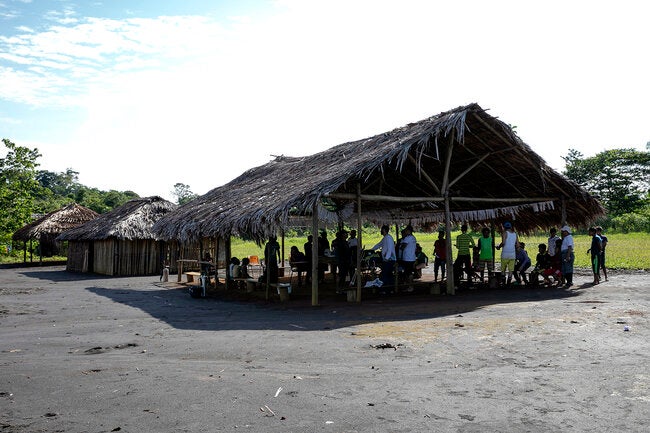
6 August 2019 — Brazil has been working to improve the control of sand flea disease (tungiasis). Since last year, the Ministry of Health’s Special Secretariat for Indigenous Health (SESAI) has been imple-menting activities in vulnerable areas to reduce hyperinfestations of sand fleas and serious cases of the disease. This work has been accomplished with the collaboration of the Pan American Health Organiza-tion (PAHO) and Colombia’s Ministry of Health and Social Protection.
Sand flea disease flourishes in remote or impoverished areas, such as indigenous villages, rural com-munities, and the slums of major cities. It is estimated that in the Region of the Americas alone, more than 20 million people are at risk of infection—especially children, persons with disabilities, and the elderly.
The disease is caused by the insect Tunga penetrans, which feeds on human and animal blood. The flea penetrates the skin of any part of the body that comes in contact with the ground—mainly the feet, hands, and buttocks—causing irritation and itching. Infestation can occur in any space without hard flooring. Multiple lesions and intense local inflammation can lead to bacterial infection, eventually im-pairing mobility.
In order to control the disease, SESAI, with PAHO support, has visited particularly vulnerable indige-nous communities. “People in these locations come into direct contact with dirt floors, share their liv-ing space with livestock, and live very close together, with several families occupying a single hut. The residents of these areas are continually infested and may have more than 200 fleas in their bodies. This hyperinfestation makes the traditional method of mechanically removing the insects unfeasible. A comprehensive approach is needed to interrupt the transmission cycle in these cases–an approach that involves actions targeting people, livestock, and the floor,” said Isabelle Roger, PAHO regional advisor on Hansen's disease (leprosy) and focal point for neglected infectious diseases in Brazil.
To treat both humans and animals, a dimethicone-based lotion is applied that asphyxiates the sand fleas lodged in the skin. Use of this product eliminates all insects from the body in seven days. Next, floors are treated with insecticide. Health teams then instruct the families to sweep daily, leaving only the hard earth, which prevents proliferation of the flea.
“After these interventions, educational activities are routinely conducted to improve the ability of these communities to prevent new cases,” explained Bernardino Vitoy, staff member of the Family, Gender, and Life Course Unit of the PAHO/WHO Representative Office in Brazil.
To date, activities have been carried out in the Alto Rio Negro and Yanomami Special Indigenous health districts, with positive results. Drawing on these successful experiences, SESAI is developing a plan for tungiasis control, with technical support from PAHO and specialists from Germany and Colombia (the latter is currently the only country in the Americas with a finalized plan).
Distribution and burden of the disease
Tunga penetrans is found in several tropical and subtropical regions around the world. However, there are no reliable data on the national or regional prevalence of the flea and of tungiasis.
Repeated infections result in disfigurement and mutilation of the feet, impairing the infected person’s mobility, which can lead to stigmatization and social exclusion. Bacterial superinfection can result in fatal complications such as post-streptococcal glomerulonephritis, tetanus, and gangrene.
In the Americas, tungiasis is known locally by such names as nigua (Colombia, Ecuador, and Venezue-la), I kuti (Bolivia), pique (Peru and Argentina), niguá, tü (Paraguay), bicho-de-pé (Brazil), chigoe (Trini-dad and Guyana), and ogri eye (Suriname).





